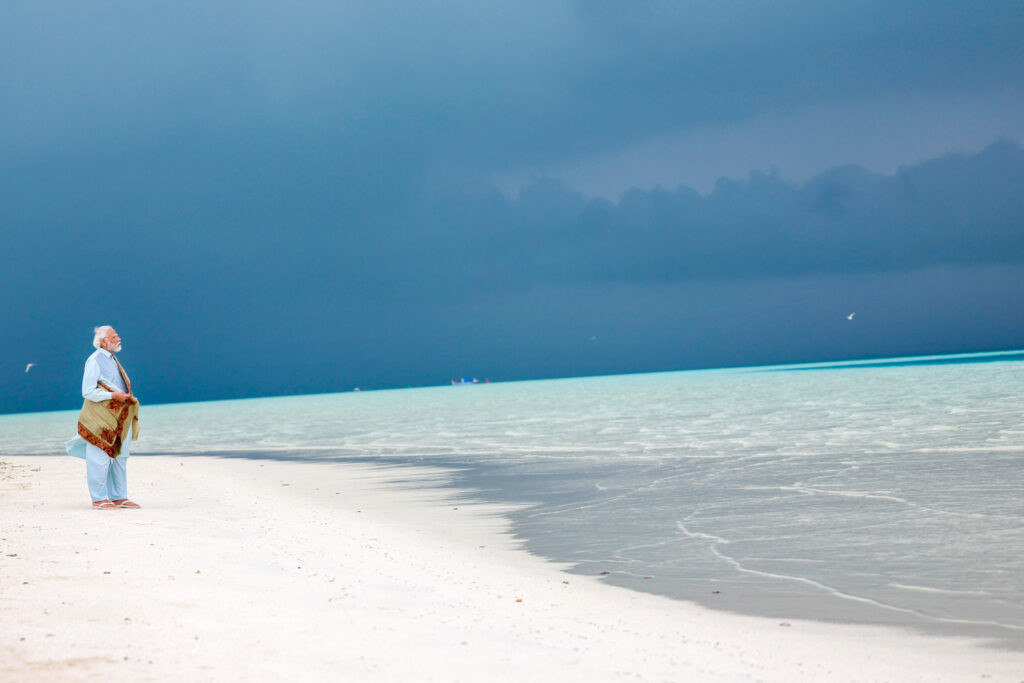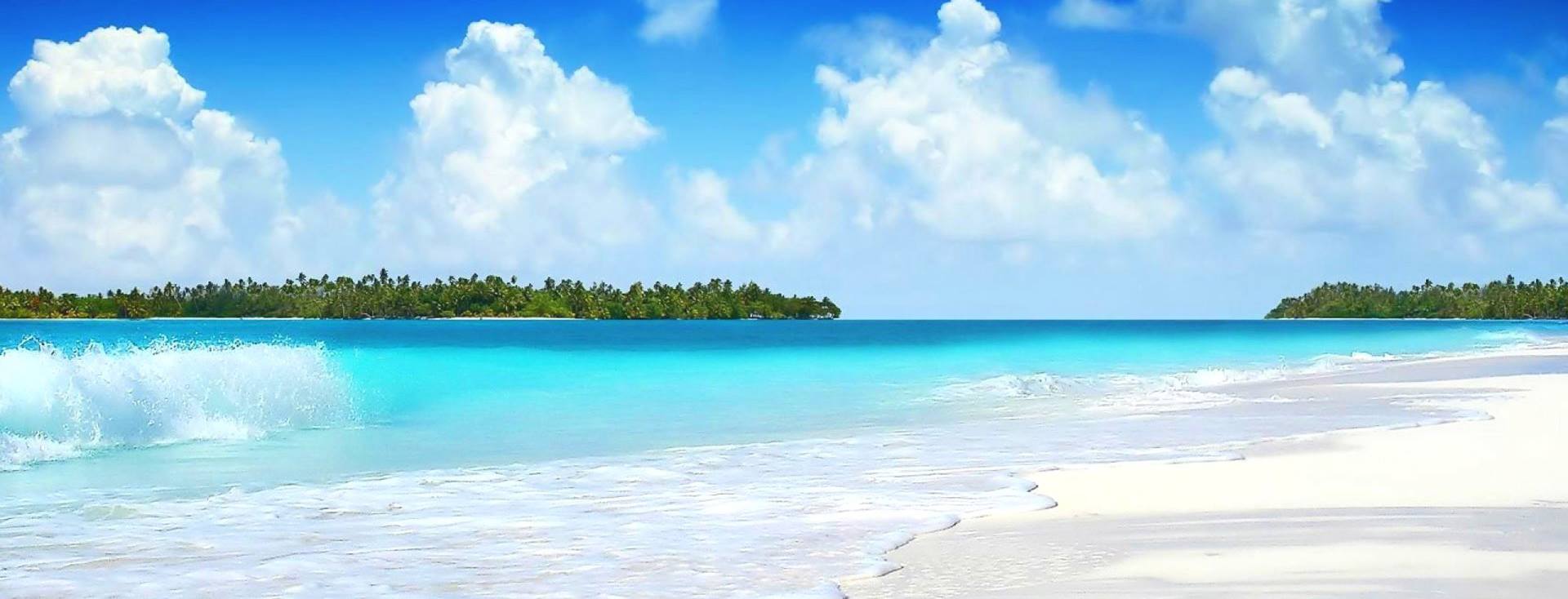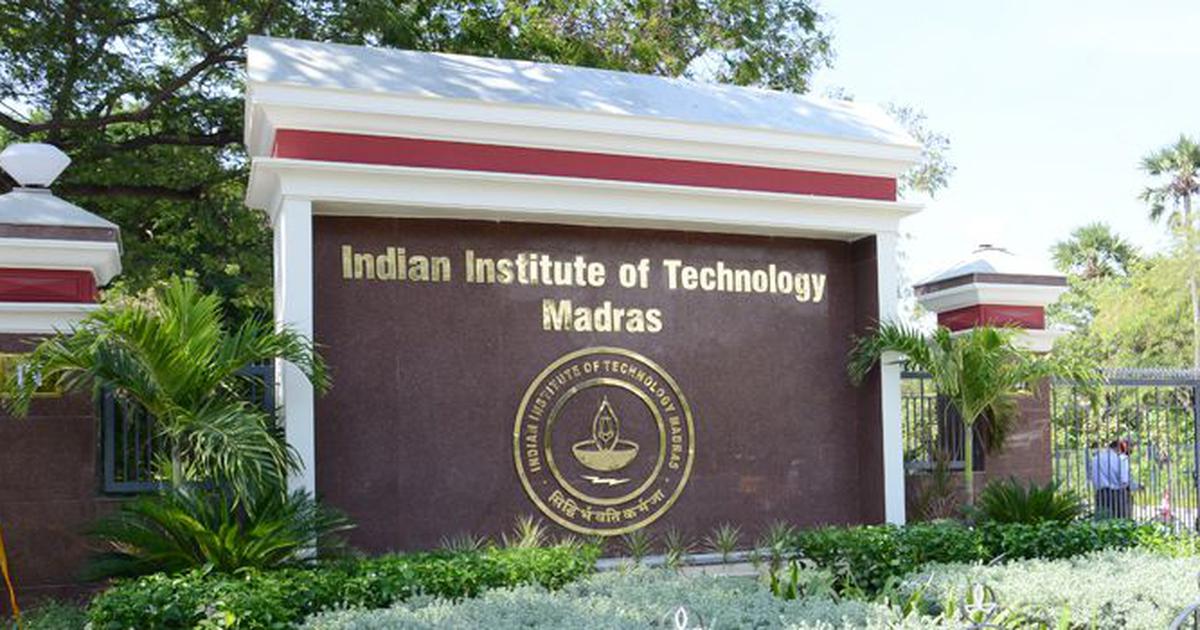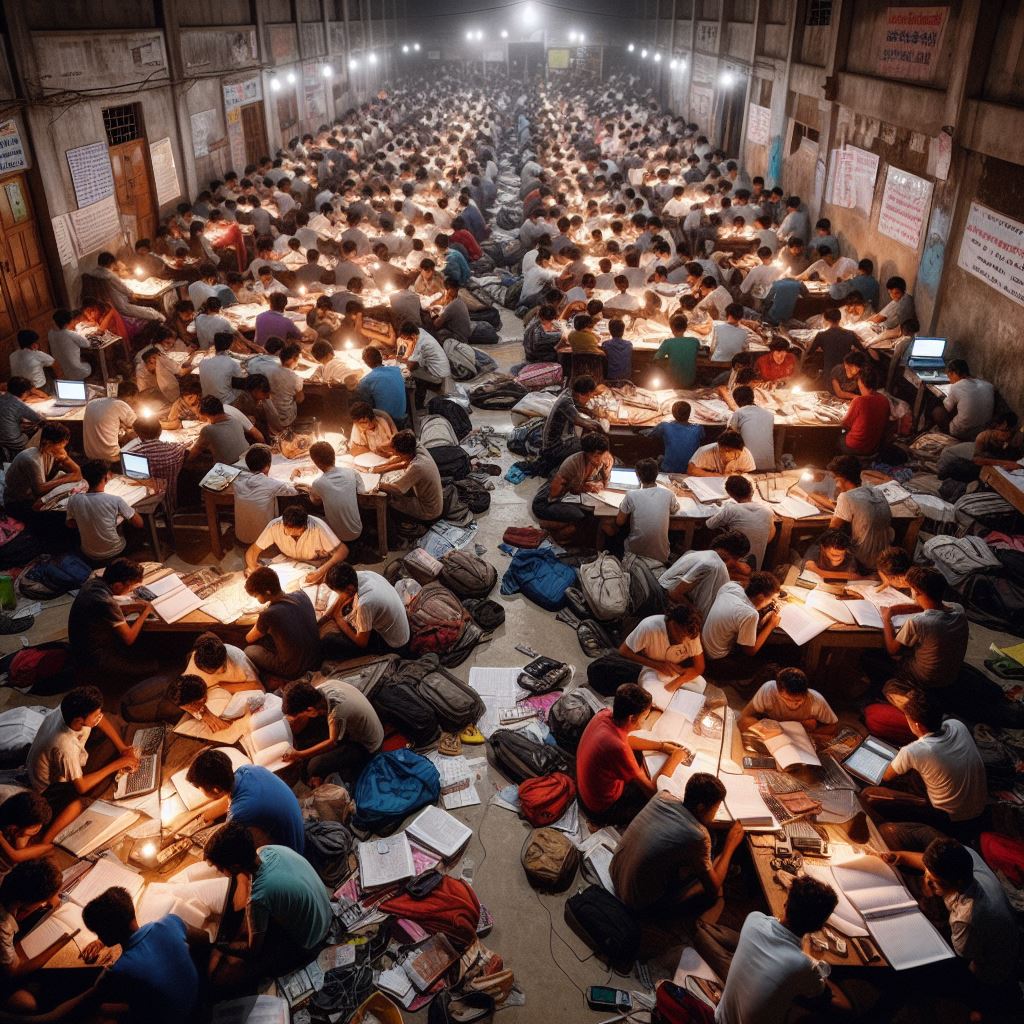When Prime Minister Narendra Modi sat cross-legged on a cane chair and gazed thoughtfully at the pristine, turquoise waters of the Arabian Sea during his visit to the Lakshadweep archipelago last week, he must’ve had tourism promotion in his thoughts. But none could have imagined the massive tsunami of publicity that the archipelago comprising of thousands — if not lakhs as the name Lakshadweep – Laksha (lakh), dweep (islands) suggests — of tiny islands has received over the past few days alone. The enticing pictures of an emerald coast, sparkling white sand and the promise of swimming amid pristine corals had gone so viral that it prompted several ministers in neighbouring Maldives to put out all kinds of vile and distasteful posts against not just PM Modi but India, Indians and even the Lakshadweep islands. In response, millions of Indians have sworn to never visit Maldives again with celebrities like Salman Khan, Akshay Kumar, John Abraham, Sachin Tendulkar and several others swearing to visit Lakshadweep instead of tourist islands in other countries including Maldives. Tour planners received thousands of requests cancelling trips to the Maldives while noted travel app Easemytrip even claimed to have cancelled all bookings to Maldives following the diplomatic outburst. In response, social media addicts in the island nation to our west claimed that Lakshadweep could never compete with India in terms of tourism and that their unique culture was their main draw and not just beaches and facilities.

However, not many in the Indian tourism business know that there is a unique little island in the Lakshadweep archipelago where the people share more history and culture with Maldives than with rest of India. Minicoy, the southern-most island in the Lakshadweep archipelago, measuring just 4.8 square kilometres and shaped like a peapod with a bloated middle portion, is a tiny speck of paradise in the Indian Ocean that is Indian in spirt but Maldivian in culture and heritage. Minicoyans even speak the Maldivian language, Dhivehi peppered with Malayalam and Urdu.
Minicoy, the southern-most island in the Lakshadweep archipelago, measuring just 4.8 square kilometres and shaped like a peapod with a bloated middle portion, is a tiny speck of paradise in the Indian Ocean that is Indian in spirt but Maldivian in culture and heritage.
From the tall lighthouse in the southern tip of the island built in 1885, Minicoy is nothing more a tiny stretch of land filled with coconut, breadfruit and other tropical trees whose foliage is too thick for even sunlight to penetrate bordered by sparkling white sand that blends into an emerald coast beyond which lay miles and miles of deep blue ocean. The entire population of the island, about 10,000 residents back in 2016 when this scribe visited Minicoy) live in the northern part of the island within an area of about 500 square metres in tiny villages crammed with one another. The only road in Minicoy travels north to south all the way to the only resort in the island, a sprawling campus stretching about two kilometres along the beach with a restaurant, party hall besides facilities for various beach sports and owned the Lakshadweep government. However, the resort hardly receives any guests — at the time of his visit, this writer was the only resident in the resort that had about a dozen cottages and a virgin lagoon stretching for more than a kilometre.
Minicoy’s oldest village is Falassery which has been in existence since 1701 and boasts of a 300-year-old heritage. Each village is headed by a Bodukakka or Moopan, who is the head of all men in the village and a Boduthata or Moopathi who is the women’s leader. The social set up in Minicoy is also similar to the one in Maldives as the residents of this island belong to four different communities called the Manikfan and enjoyed the highest social status in the islands and were typically owners of sailing vessels. They are followed by the Thakrufan community who often worked as captains of ships. The Thakruks, who were the third-highest in the island’s social hierarchy were mostly sailors or other craftsmen while the lowest among the Minicoyans were Raveris, who were traditional tree-climbers. As almost all men are engaged in sailing or related jobs, the island is largely run by the womenfolk who can be seen running shops, managing schools and public libraries, working in government institutions and involved in every other sector in the island. Two-wheelers, mostly bicycles, are the only mode of transportation except for government staff and the entire stretch of the island used to be lit up by diesel generators just a few years ago.
Guided by expert divers, tourists would be able to float amid schools of brightly-coloured fish that resembled the famed Nemo where blue and purple giant sea clams breathe in and out at you, swim close to coral whose pores dance with the rhythm of the water enjoying the wonders of the sea that have remained largely unpolluted for centuries.
Snorkelling off Minicoy’s beaches is an experience to be cherished. Guided by expert divers, tourists would be able to float amid schools of brightly-coloured fish that resembled the famed Nemo where blue and purple giant sea clams breathe in and out at you, swim close to coral whose pores dance with the rhythm of the water enjoying the wonders of the sea that have remained largely unpolluted for centuries. The cuisine here, which is also similar to the Maldivian, comprises of a range of dishes with lavish usage of coconuts that are abundant in these islands although the resort and eateries do serve most Keralite dishes as in the rest of Lakshadweep.
According to the Anthropological Survey of India, there is evidence of human habitation in this island snice Boduthakrufan, the Muslim ruler of Maldives set foot on the island in Hijra 981 (1573 CE) and recirded his visit by inscribing it on a stone. Another theory holds that Minicoyans had embraced Islam as early as 1153 CE (Hijra 548) while recent archaeological excavations have also led to the theory that Buddhism had arrived in Minicoy much before Islam after an ancient structure resembling a Buddhist palli was recovered in December 1995.
Since Independence, the island with almost 100-percent Muslim population has been a Congress bastion with several top national leaders including Indira Gandhi paying a visit to the islands. Minicoyans are proud of their unique culture and are a peaceful folk who have mixed opinions about promoting their island as a tourist destination. The real challenge for the government, while opening up tourism in Minicoy and rest of Lakshadweep, would be to ensure that the unique and unpolluted culture of the islanders does not get trampled upon by the tourist boom as has been the case in many other island destinations.



